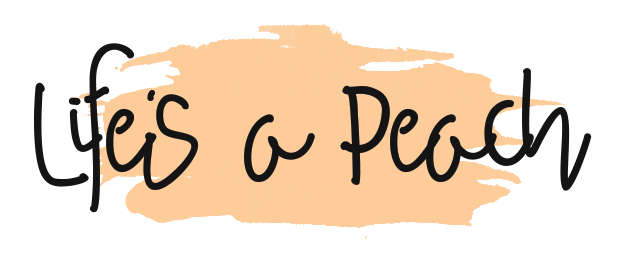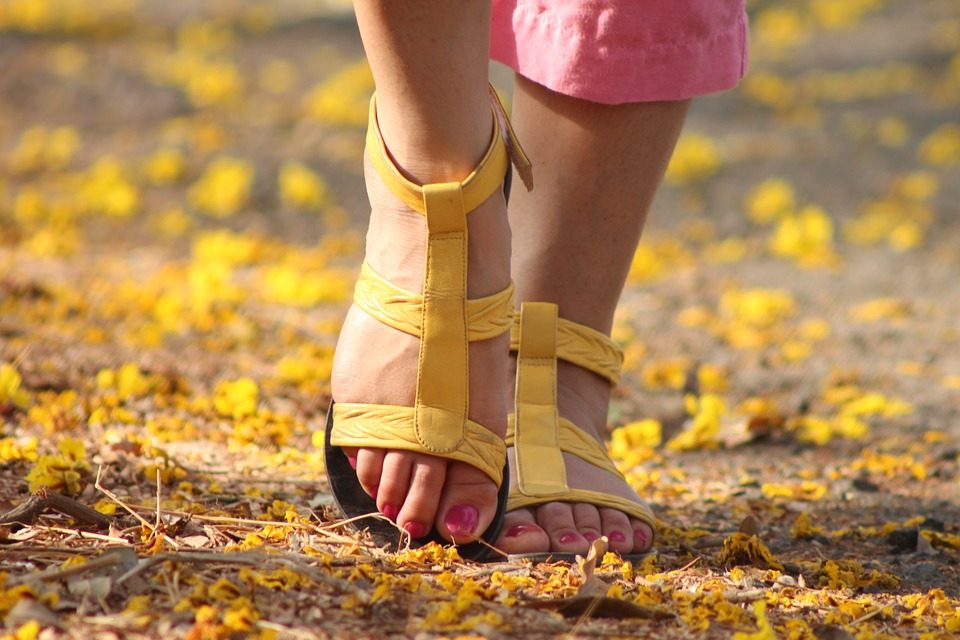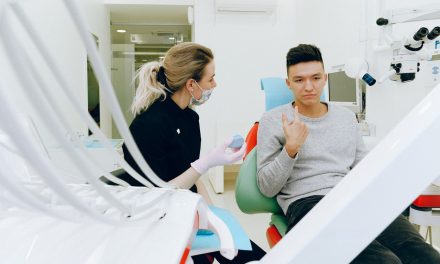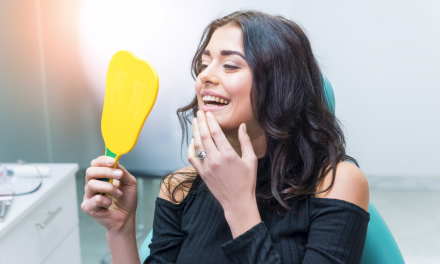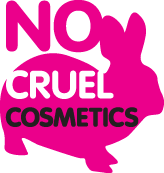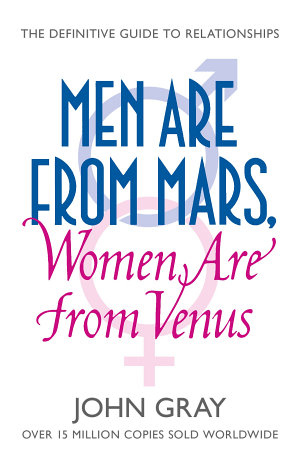When the former Miss England, Charlotte Holmes, had a doctor finally check out the bright, blue veins that had been branching on her shin for as long as she could remember, she learned at just 25 years old that, all this time, she’d been experiencing varicose veins. Despite wearing skirts to hide them in middle school and photographers at 17 repeatedly pointing them out, the facts that they weren’t painful, they’d been present all her life and she’d always believed the diagnosis an old person’s problem, led her to dismiss the issue and think nothing much of it.
Chronic venous insufficiency is not just a condition afflicting the elderly and pregnant. People of all sorts can develop chronic venous disease, including children and young people. In fact, one in every three people develop the condition at some point in their lives. When children and young people develop the condition, early detection and treatment is of the utmost importance in preventing further health issues from developing later as a consequence.
What is a Varicose Vein?
Inside all of our veins are valves that maintain the upward flow of blood back toward the heart. Due to a variety of aforementioned factors, these valves can degrade. When that occurs, the blood can pool in the veins, causing them to bulge and stretch. This can lead, in turn, to vein disease like chronic venous insufficiency developing. This produces what’s known as a varicose vein. The problem faced by children and young people with this condition is that, by the time the condition is properly diagnosed and treatment started, many of these valves have already disintegrated entirely. According to one study, for example, one in 20 girls of school age lost leg vein valves by nine years of age, with one in nine developing venous reflex by the age of eighteen.
What Are Varicose Vein Symptoms?
Varicose vein symptoms are the same for adults and children alike. They include:
* pain and aching
* swelling and throbbing
* itching
* fatigue
Left undetected, these symptoms can exacerbate. The added pressure inside the veins can eventually cause chemicals and fluids to leak out of them and into the surrounding tissue. When this occurs, the skin can become irritated, feeling scaly, itchy and dry. It can also turn brownish in color from the iron in the escaped blood. While ulcers are a rarer condition for young people, in particular, to develop in response to untreated chronic venous insufficiency, phlebitis, or the inflammation of the vein lining, is a very real and present risk for younger folks. In cases of phlebitis, the stretching of the vein causes its inner lining to become rough and damaged, resulting in blood clots that inflame the vein and make it sore, lumpy and hard.
Young women, in particular, are also at risk of pelvic varicose veins, which originate in the lower abdomen despite only being visible on the legs. Without a pelvic ultrasound, this condition can go unnoticed, even if the varicose vein condition is properly identified. While this is more common following pregnancy, it can occur in young women who’ve never been pregnant. When chronic venous insufficiency has a pelvic origin, the symptoms can often be mistaken for menstruation-related pains.
If you’re a young person or the parent of a child experiencing these conditions, it’s imperative to get it checked out by a doctor. Chronic venous disease may not even be visible, sometimes lurking hidden deeper beneath the skin. And, even if the diagnosis isn’t chronic venous insufficiency, those symptoms definitely seem to indicate some medical abnormality at effect that should at least be investigated by a health professional.
Spider Veins
An example of one of these other medical issues a child or young person with symptoms of chronic venous insufficiency could be experiencing is spider veins, a more common relative of varicose veins. Spider veins are produced by enlarged venules. These are the smallest of the veins in the skin. A varicose vein, by contrast, lies underneath the skin and can appear more dilated and rope-like. A varicose vein can also be extremely painful, while spider veins are generally painless.
In addition to age and pregnancy, spider veins can also be the result of obesity, sun damage, genetics or steroid use (either oral or topical). Spider veins can also be the result of a varicose vein, one condition signaling the presence of another. Spider veins can be caused by any stress on the vascular system, including excessive exercise. If you experience conditions such as spider veins, you may need to book an appointment at a skin clinic like 8 West where the necessary treatments can be provided.
What Causes Chronic Venous Insufficiency in Children and Young People?
Typically, chronic venous disease is associated with old age and pregnancy, so, when children and young people get chronic venous insufficiency, the condition often goes undetected, even misdiagnosed. The truth is, chronic venous disease could also be the result of poor circulation, being overweight or insufficient exercise, all of which can put a child at risk of acquiring the condition every bit as much as an adult. When the condition in children and young people is left untreated, those children can go on to develop leg ulcers, valve and tissue damage and other severe health conditions.
Treating Chronic Venous Insufficiency in Children and Young People
Luckily, children and young people can be treated for chronic venous disease. There are different treatment options available, some that are minimally invasive and others that are completely non-invasive altogether. Varicose vein treatment for children and young people can be performed in a doctor’s office or treatment clinic with the child able to return home that same day.
The two most common forms of treatment for chronic venous disease in children and young people are laser therapy and sclerotherapy. Laser therapy is the predominant form of non surgical treatment for varicose veins, with a laser set to your blood cells’ wavelength pointed at the veins to make them clot and dry up. They are then simply absorbed back into the body’s tissue. Sclerotherapy is a slightly more invasive method in which a liquid is injected by a doctor into the affected veins, producing a similar effect as from laser therapy. Sclerotherapy tends to be more effective when the veins are large or have coexisting spider veins.
- Overcoming Challenges in the Production of THC Seltzers - 10th May 2024
- The changes in dental marketing - 12th October 2022
- Online aligners or surgery based ones? - 12th October 2022
